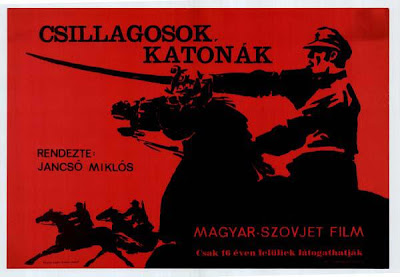Country:
U.S.A.
Genre(s):
Crime / Drama
Director:
John Singleton
Cast:
Cuba Gooding Jr. / Ice Cube / Laurence Fishburne
Plot
Three friends endure the trials and tragedies of growing up in South
Central L.A.
What I Liked
“Boyz N the Hood” is not an easy movie to write about, primarily because
it is one of those movies that everyone should see, rather than read
about. Prior to its release, most films
documenting the African American ghetto experience came in the form of the
often shallow or cartoonish Blaxploitation trend of the 1970s, which were primarly
concerned with New York. Thick with human
tragedy and social relevance, “Boyz N the Hood” avoids the pitfalls of its
predecessors by taking a thoughtful, mature approach to urban life. The movie owes its all-important authenticity
to writer-director John Singleton, who based most of it on his own
experience. By making his characters relatable
and likeable, he made a movie that proved to be a breakthrough, spawning a
spate of intelligent, well-made movies about crime in South Central.
One of those characters is played by a man who had previously been a
different kind of documentarian of the same themes, rapper Ice Cube. He is perfectly cast, displaying charisma and
believability as Doughboy, the thug of the group. Thanks to Ice Cube, Doughboy is actually more
fascinating than even the film’s main character.
What I Didn’t Like
To play the character of Tre (basically a self-portrait), Singleton made
a poor choice in Cuba Gooding, Jr. For
much of the movie, I just plain disliked Gooding. He was too goofy and, next to Ice Cube, never
seemed like he was truly part of the environment. Tre’s outsider status is part of what makes
the movie work. Through him, the general
public is cathartically brought into the alien landscape of South Central. But that doesn’t mean Gooding needed to overact. Maybe the main problem was that “Boyz N the
Hood” wasn’t my first introduction to Gooding like it would have been for
audiences at the time, and thus I always saw him as Cuba and not Tre.
Most Memorable Scene
In contrast to Gooding, Ice Cube comes off as the genuine article, as I
mentioned before. He’s a likeable tough
guy, crazy and violent but loyal to his family and friends. When Doughboy finally shows vulnerability
through his hard exterior, sitting on a porch while talking to Tre, he brings
the film to a heart-breaking conclusion, helping the audience realize that even
a thug like Doughboy could have been somebody, had he been born in a different
place.
My Rating: 4.5 out of 5
















